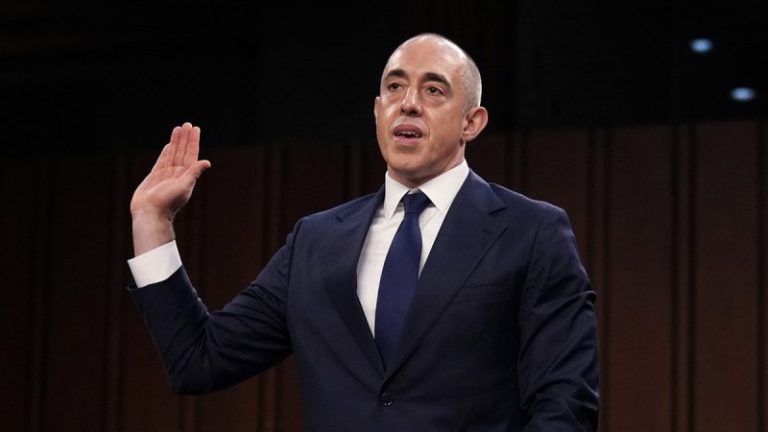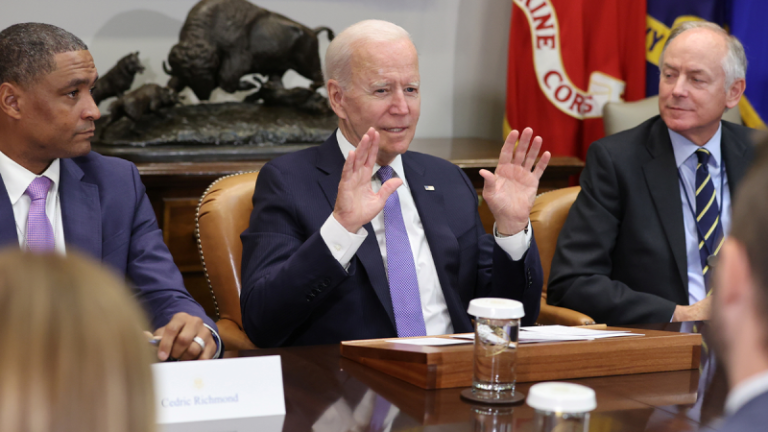Investor Insight
With high-quality, drill-ready assets with world-class discovery potential, Piche Resources is a compelling business case for investors looking to leverage a bull market for uranium and gold.
Overview
Piche Resources (ASX:PR2) is an ASX-listed mineral exploration company focused on uranium and gold exploration in Tier-1 jurisdictions: Western Australia and Argentina. The company holds 100 percent ownership of all of its projects and is supported by a highly experienced board and technical team.
Targeting globally significant discoveries in Tier-1 mineral provinces
Piche’s portfolio includes the advanced-stage Ashburton uranium project in Western Australia and two large-scale exploration projects in Argentina: the Cerro Chacon gold-silver project and the Sierra Cuadrada uranium project. These projects have delivered high-grade exploration results and are drill-ready, positioning the company to unlock significant shareholder value through systematic exploration programmes.
Piche has an internationally recognized board focused on creating long-term shareholder value, and an in-country technical team in Argentina with a proven track record of taking projects from discovery through to development.
Company Highlights
- Flagship Ashburton uranium project in Western Australia with recent high-grade drilling results over wide intercepts.
- Sierra Cuadrada uranium project in Argentina showing extensive near-surface mineralisation with assays up to 2.86 percent U₃O₈.
- Cerro Chacon gold-silver project with high-grade surface results (up to 11.65 g/t gold and 333.7 g/t silver) across a 14 km mineralised corridor.
- Fully permitted and EIA-approved for drilling at Cerro Chacon (Chacon South and Middle).
- Large, 100-percent-owned tenement package across all projects (Ashburton: 335 sq km; Cerro Chacon: 414 sq km; Sierra Cuadrada: 1,310 km²).
- Board of directors includes former leaders of Peninsula Energy, Orano, Rio Tinto Uranium and Barrick Gold.
- Upcoming drill campaigns planned at Cerro Chacon and Ashburton to test multiple high-priority targets.
Key Projects
Gold: Cerro Chacon, Argentina
Cerro Chacon interpreted geology and tenement holding
Cerro Chacon is a large-scale, early-stage gold-silver exploration project located in the Chubut Province of Argentina. The project is situated within a region known for hosting world-class low-sulphidation epithermal systems, including Cerro Negro and Cerro Vanguardia. With multiple gold-bearing structures confirmed over a 14 km corridor, Cerro Chacon is emerging as a highly promising and underexplored precious metals system with substantial scale and grade potential.
Project Highlights
Location: ~40 km southwest of Paso de Indios, Chubut Province
Tenure: 414 sq km across multiple tenements
Highlights:
- A 14 km-long mineralised corridor has been delineated across Chacon Grid, La Javiela and Toro Hosco prospects.
- High-grade geochemical results include:
- 11.65 g/t gold and 120.3 g/t silver at Toro Hosco
- 333.7 g/t silver, 9.48 percent lead, and 8.57 percent zinc at La Javiela South
- Maiden RC drilling programme of 57 holes (7,905 m) scheduled across three main targets:
- Chacon Grid: 45 holes (5,590 m)
- La Javiela: 8 holes (1,740 m)
- Toro Hosco: 4 holes (575 m)
- EIA approvals for Chacon South and Chacon Middle were received in May 2025, enabling drilling to proceed.
- Vein systems range from 2 to 6 km in strike length and up to 50 m in width; hosted within structurally controlled low-sulphidation epithermal veins (LSEV).
Uranium: Ashburton Project, Australia
The Ashburton project is Piche’s flagship uranium exploration asset in Australia, situated in the Pilbara region of Western Australia. Located within a historically underexplored but highly prospective unconformity-related uranium district, the project provides the company with strong leverage to the growing global demand for uranium. The project is geologically analogous to world-class Proterozoic uranium systems, with multiple confirmed mineralised zones and a regional corridor of 60 km.
Project Highlights
- Location: Pilbara region, ~1,150 km north of Perth
- Tenure: 335 sq km following the recent application for tenement E52/4461 (214 sq km), adding to the existing 122 sq km holdings.
- Highlights:
- 2024 RC and diamond drilling confirmed high-grade uranium mineralisation at multiple stratigraphic levels.
- Best intercepts include:
- 3.45 m @ 5,129 ppm eU₃O₈ from 137.62 m (ARC006)
- 10.48 m @ 1,412 ppm eU₃O₈ from 114.30 m (ADD005)
- 2.42 m @ 2,681 ppm eU₃O₈ from 155.10 m (ADD003).
- 7.86 m @ 2,266 ppm eU₃O₈ from 105.42 m (ADD006)
- The company has outlined a 60 km structural corridor hosting multiple uranium occurrences including Angelo A & B, Canyon Creek, Ristretto and Atlantis.
- Atlantis prospect: historical drilling returned up to 7,400 ppm U₃O₈ over 2.2 m; rock chip samples have returned up to 37 percent U₃O₈.
Uranium: Sierra Cuadrada, Argentina
Sierra Cuadrada is Piche’s primary uranium asset in Argentina, covering a vast area within the San Jorge Basin. This large-scale project has demonstrated strong surface uranium mineralisation with multiple drill-ready prospects. With mineralisation confirmed across extensive zones and supported by historical radiometric and geochemical data, Sierra Cuadrada has the potential to host multiple Tier-1 uranium deposits in a cost-effective, near-surface setting.
Teo 5 and 6 prospect 2024 auger drill programme
Project Highlights:
Location: San Jorge Basin, ~200 km north of Comodoro Rivadavia
Tenure: 1,310 sq km across multiple licences
Highlights:
- The project area contains broad, flat-lying mineralisation at multiple stratigraphic levels.
- High-grade uranium assays include:
- 28,650 ppm U₃O₈ (2.86 percent) from rock chip sampling at Teo 8
- 24,017 ppm U₃O₈ from channel sampling
- 2,772 ppm U₃O₈ over 0.5m from auger drill sample
- Mineralised zones extend over a strike of 60 sq km, with confirmed targets on the majority of tenements.
- 2024 auger drilling and sampling confirmed uranium continuity across a sandstone and conglomerate sedimentary package with 14 samples exceeding 200 ppm U₃O₈.
- Rock chip sampling has returned 114 samples >200ppm U₃O₈
- RC drilling is planned to follow up on anomalies identified in the auger and channel sampling programmes.
Management Team
John (Gus) Simpson – Executive Chairman
John Simpson has over 37 years of experience in mineral exploration, development and mining. Previously the executive chairman and founder of Peninsula Energy Limited (ASX:PEN), a USA uranium producer.
Stephen Mann – Managing Director
Stephen Mann is a geologist with over 40 years of experience in exploration, discovery and development of mining projects, including 20 years in the uranium sector. Formerly the Australian managing director of Orano, the world’s third-largest uranium producer.
Pablo Marcet –Executive Director
Pablo Marcet is a senior geoscientist with 38 years of experience in exploration, discovery and development of mineral deposits. Currently an independent director of lithium producer Arcadium Lithium (NYSE:ALTM) and previously a director of Barrick Gold (NYSE:GOLD) and U3O8 (TSX:UWE).
Clark Beyer – Non-executive Director
Clark Beyer is an internationally recognized nuclear industry executive with over 35 years of experience. Formerly the managing director of Rio Tinto Uranium and currently principal of Global Fuel Solutions, providing strategic consulting to the international uranium and nuclear fuels market.
Stanley Macdonald – Non-executive Director
Stanley Macdonald is a nationally recognized mining entrepreneur, founding director and instrumental in the success of numerous ASX-listed companies, such as Giralia Resources, Northern Star and Redhill Iron. He is currently a director of Zenith Minerals.










